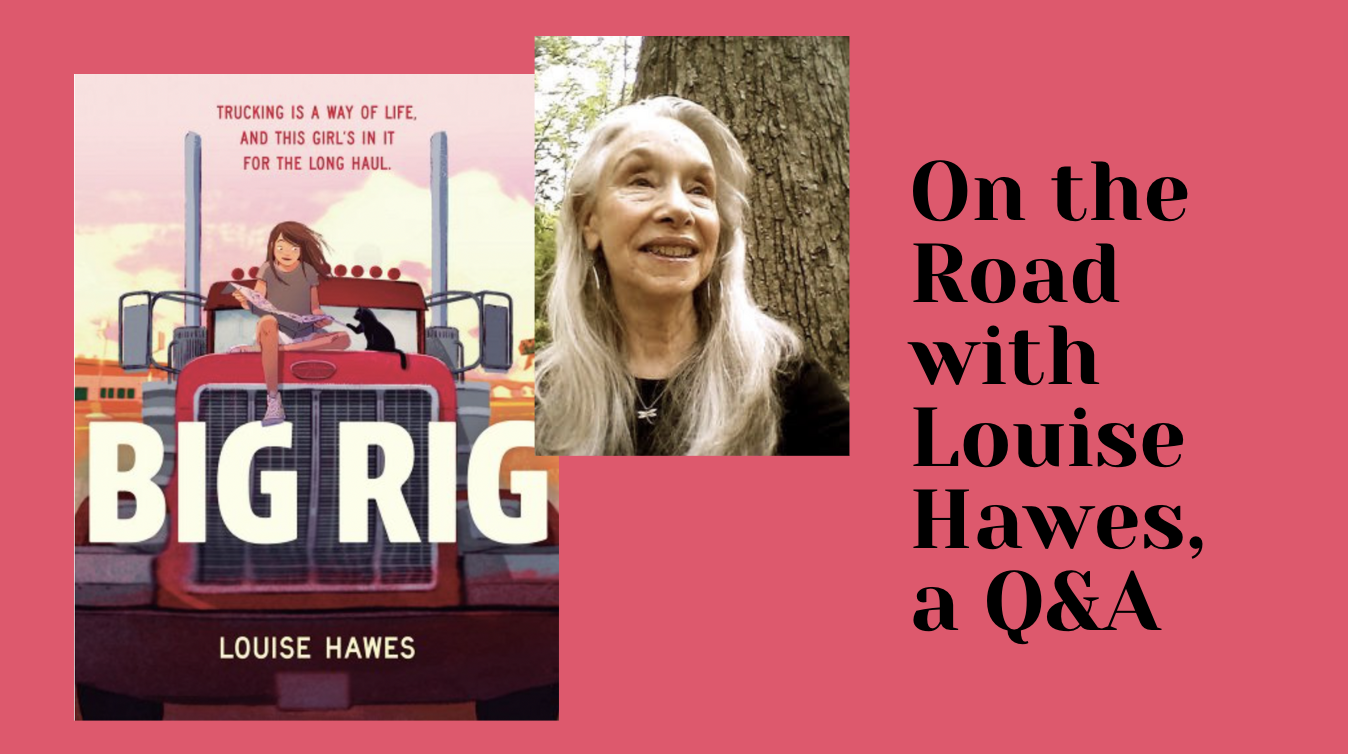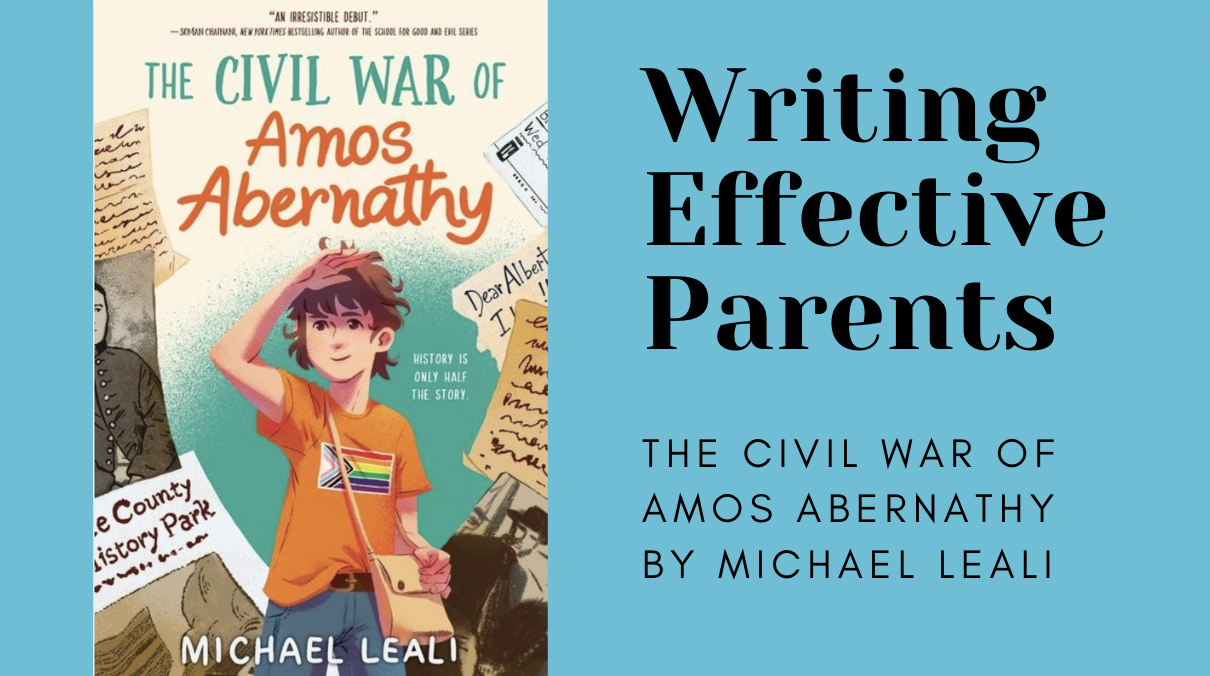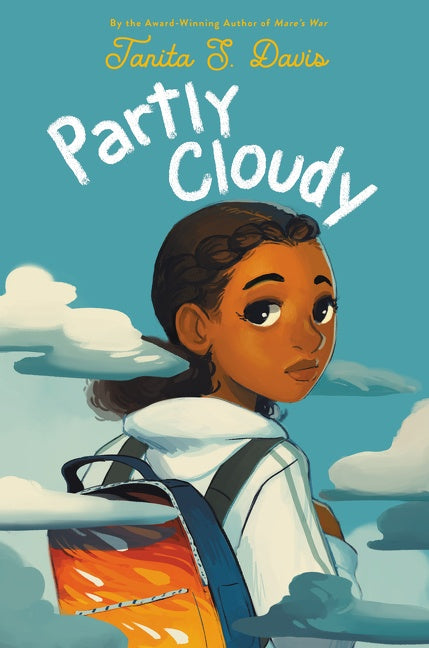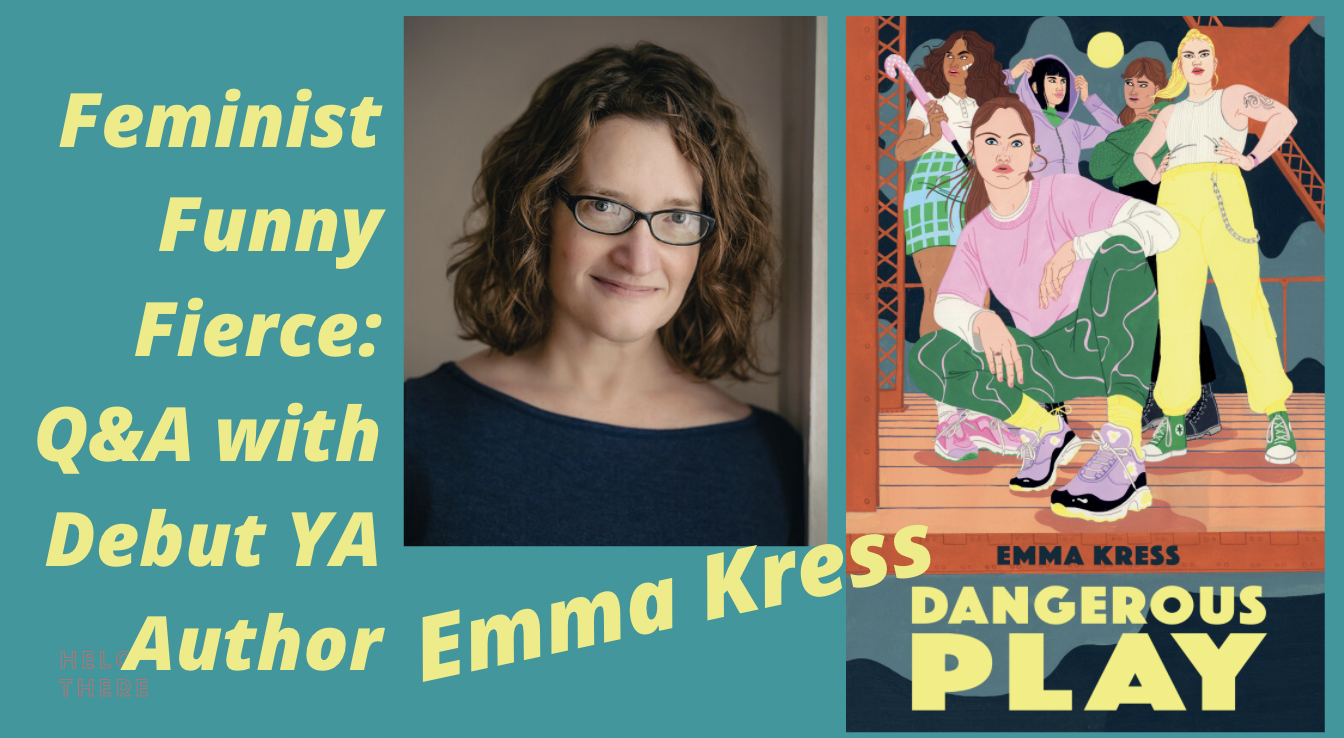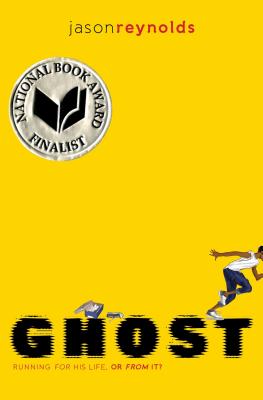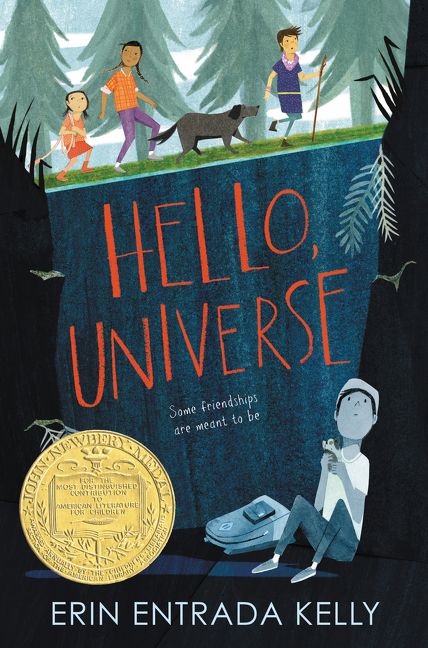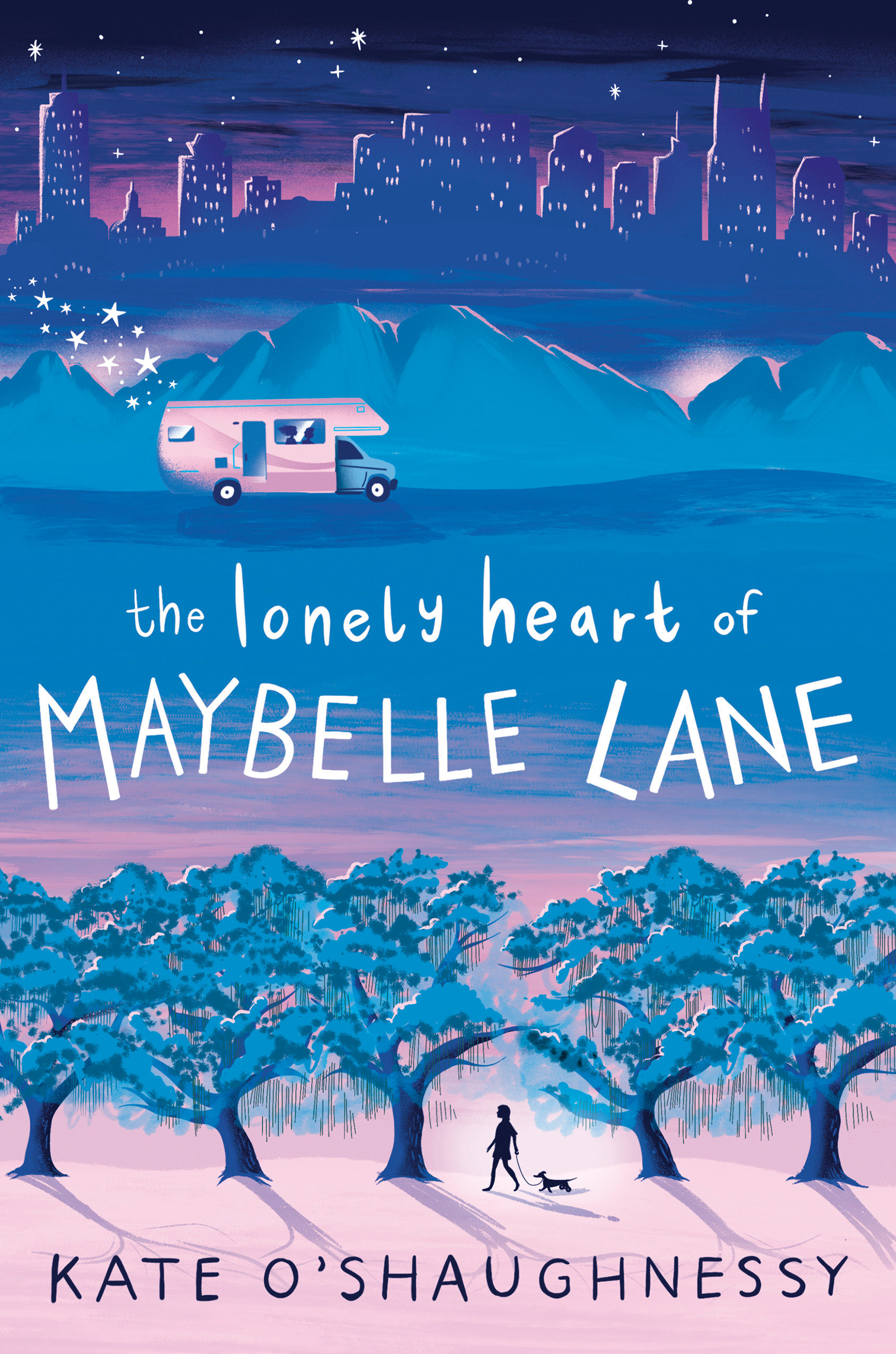hello!
JOIN US IN EXPLORING OTHERS' CRAFT AND BUILDING OUR OWN
Louise Hawes: I often spend months (sometimes years) filling a notebook with my character’s responses and thoughts before I begin writing an actual draft. That notebook is all in long-hand, as you know, and I don’t stop to edit or erase anything. My characters’ letters are in the first person, and result from a fluid, bodily connection from my heart to my hand to the page. In contrast, my draft will be typed on a laptop, the far less spontaneous product of me thinking and feeling my way into a story that features the character whose voice has already filled my notebook.
Leali pulls off the parental balancing act with aplomb and creates a mom who tries, messes up, seeks forgiveness, and tries again. It is a master class in how to create a complex parental character.
Fortunately, weather is something people of all ages intuitively understand when it comes to a metaphor for someone’s emotional state. Sunshine is happy, rain is sad, and stormy weather is, well, stormy. Readers easily connect the dots between weather and emotions. That makes it a great extended metaphor for a middle grade novel.
I first heard Emma read from a chapter-book-in-progress, and her voice blew me away. Emma’s writing as such attention to detail, such personality, such emotional resonance. She can write funny and serious–sometimes in the same sentence. Emma’s debut YA novel, DANGEROUS PLAY comes out August 3, and I’m so glad we get a peek into Emma’s brain and writing process. I highly recommend both DANGEROUS PLAY and Emma herself.
Soaking up the sun and reposting some favorite craft posts, starting with Jen Jobart’s analysis of Jason Reynold’s GHOST through the lens of Cheryl Klein’s THE MAGIC WORDS craft book.
Jen Jobart details how Jason Reynolds puts to use strategies for developing compelling characters that Cheryl Klein outlines in her craft book The Magic Words. More than that, she introduces us Ghost, one the great middle grade characters of the last five years.
Schmidt uses repetition throughout Orbiting Jupiter to evoke emotions in his readers.
In your story, consider how your character’s Lie and Fear impact the plot. And look to the Midpoint and All is Lost moments to ratchet up the stakes for your character. See how the climax resolves both the plot problem (what the character wants) and the Lie (what the character needs to change).
Kate O’Shaughnessy creates secondary character Tommy O’Brien in such a way that, even though the book is in Maybelle’s first person point of view, readers know things about Tommy that Maybelle doesn’t.
More important than their differences and easily distinguished voices, these sisters work together as a team. And arguably, it’s this aspect of the novel that makes it so appealing. We see their cohesiveness in the initial reminiscence of the opening, but we also see it through their interactions and their family codes and practices.
